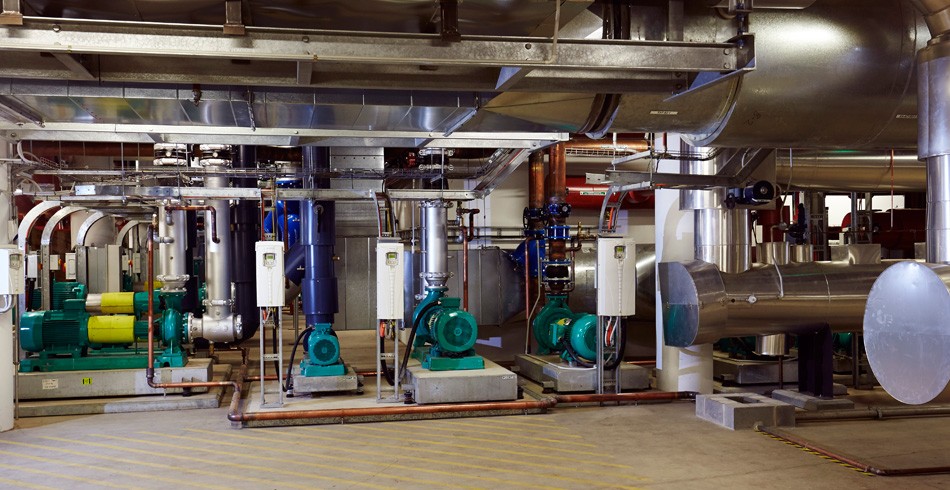
The University of Technology Sydney (UTS) has sourced cooling thermal energy under Broadway from the Central Park Thermal Plant.
The agreement with Brookfield Energy will see a significant proportion of chilled energy soured from the Central Park plant, and is the first precinct plant in Australia.
Brookfield Energy CEO Richie Sheather said the more the plant is used, the greater the long-term energy efficiencies for all users.
“We see district energy as a way of the future and anticipate working on similar initiative in other parts of Australia,” Mr Sheather said.
UTS infrastructure project manager Jonathan Prendergast is leading the $1.3 billion campus masterplan which includes new buildings and facilities which will need air-conditioning and chilling facilities, and said investing in chilling infrastructure can be expensive.
“Investment in chilling infrastructure can be capital and space intensive, requiring new chilling plant, pumps, connecting pipework, cooling towers and electrical infrastructure,” he said.
“Procuring a portion of UTS’s cooling from an offsite supplier, UTS can invest in its core business and free up space for teaching, offices and a more active roof space without cooling towers.”
Heating, cooling and ventilation accounts for approximately 62 per cent or UTS’s total electricity use, and the partnership with Brookfield Energy will see UTS’s greenhouse gas emissions reduced by 2.2 per cent or 1111 tonnes of CO2 each year.
District energy systems are widely used internationally. The Chicago District Cooling System supplies chilling to more than 100 buildings in the Chicago CBD from four energy plants. The Toronto District Cooling System services more than 140 buildings.
District energy systems can also incorporate thermal storage which can stretch peak capacity and operational flexibility and efficiency.






